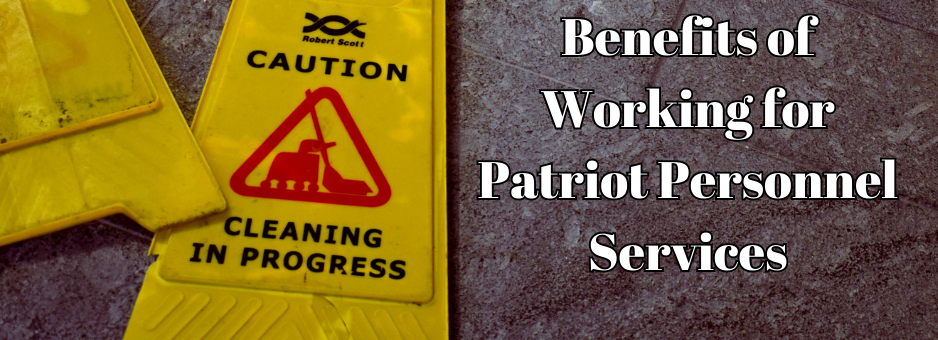There are several benefits when working as a temporary associate for a light industrial staffing agency.
Flexibility: Temporary work can provide flexibility in terms of scheduling for some job placements. Choose assignments that fit your availability, whether seeking part-time or full-time work. This flexibility can be beneficial for individuals who have other commitments or responsibilities outside of work.
Variety of Assignments: Temporary work gives associates an opportunity to diversify skills in different industries or companies. Gain experience in various fields, develop new skills, and explore different work environments. It can be an excellent way to discover expand experience.
Bridge to Full-Time Positions: Starting as a temporary associate can be the first step to full-time employment at many companies. It provides workers with an opportunity to showcase skills, ability to learn new skills, and work ethic to potential employers. Great performance may lead some companies to consider temporary associates for full-time positions or for future opportunities within their organization.
Skill Development: Working as a temporary associate can strengthen skill sets and provide beneficial on-the-job training. By gaining experience in light industrial roles such as assembly, packaging, machine operation, or quality control, staff build skills that may be applicable to a wide range of industries.
Working for Patriot Personnel Services can be beneficial to skilled and unskilled associates. Expanding horizons and learning new abilities are just one of the many things available when working at a staffing agency.
Flexibility: Temporary work can provide flexibility in terms of scheduling for some job placements. Choose assignments that fit your availability, whether seeking part-time or full-time work. This flexibility can be beneficial for individuals who have other commitments or responsibilities outside of work.
Variety of Assignments: Temporary work gives associates an opportunity to diversify skills in different industries or companies. Gain experience in various fields, develop new skills, and explore different work environments. It can be an excellent way to discover expand experience.
Bridge to Full-Time Positions: Starting as a temporary associate can be the first step to full-time employment at many companies. It provides workers with an opportunity to showcase skills, ability to learn new skills, and work ethic to potential employers. Great performance may lead some companies to consider temporary associates for full-time positions or for future opportunities within their organization.
Skill Development: Working as a temporary associate can strengthen skill sets and provide beneficial on-the-job training. By gaining experience in light industrial roles such as assembly, packaging, machine operation, or quality control, staff build skills that may be applicable to a wide range of industries.
Working for Patriot Personnel Services can be beneficial to skilled and unskilled associates. Expanding horizons and learning new abilities are just one of the many things available when working at a staffing agency.

